Buzzy Beauty Ingredient of the Moment: Succinic Acid
Welcome to our series "Buzzy Beauty Ingredient of the Moment," the premise of which is pretty self-explanatory: In each installment, we'll explore an ingredient that's currently trending in the industry, springing up in a variety of different products lining the beauty aisle. We'll consult experts to find out about the science behind it — and why it's having a major moment right now.
I'm in a love-hate relationship with acne products. Spot treatments and harsh toners get the job done — they shrink zits and tackle hormonal breakouts — but they're a little overbearing for my sensitive skin. I've been burned (literally) by retinols and glycolics, so sometimes I just let a pimple run its natural course. As in, dab on concealer and hide the magnifying mirror for a few days. The alternative is clearer skin with a fiery, flaking face. I had a chin pimple on my wedding day. That day, I said "I do" to concealer.
So I've been intrigued by an ingredient that's been popping up in skin care lately: succinic acid. Don't let the word "acid" fool you. Most acne-fighting acids are intensive chemical exfoliants, but succinic possesses powerful anti-inflammatory, antibacterial and antioxidant properties. This water-soluble acid, also known as butanedioic acid, has a bevy of skin benefits, and it fights acne strategically — by soothing skin, killing bacteria and decreasing inflammation. Basically, it kills with kindness.
Given that acne is usually the product of bacteria, succinic acid is great at tackling existing blemishes — but it also helps prevent future breakouts. It naturally inhibits Propionibacterium acnes, a bacteria that's been proven to play a significant role in causing breakouts.
"Succinic acid is the unicorn acid, because it really does work skin-transforming magic," says Inge Theron, founder of British skin-care brand FaceGym. "Unicorn acid" might sound like a '90s rave drug, but the term of endearment is otherwise a big coup for Team Succinic.
From a product-developer standpoint, the acid is revered for its ability to blend with a variety of formulas and actives. Dr. Ava Shamban, a board-certified dermatologist based in Los Angeles, notes that it can be mixed with other antioxidants and ingredients like hyaluronic acid, salicylic acid, retinoids and even sulfur. Celebrity facialist Olga Lorencin, founder of her own eponymous skin-care line, claims that it "has a nice nice effect when you mix it with lactic acid. It's gentler than glycolic, so it can sit on the skin all night without irritation."
Succinic acid also works wonders if combined with other acid molecules. For example, when mixed with salicylic acid, it can help exfoliate pore-clogging dead skin cells while killing bacteria and decreasing inflammation. (This combo can be found in FaceGym Skin Changer 2-in-1 Exfoliating Essence-toner.) Salicylic acid alone tends to irritate skin and exacerbate redness — it's certainly not associated with a calming effect. "It can be a nightmare for those who suffer from sensitivity," says Theron. "Succinic acid doesn't cause a huge spike in the skin pH, so skin is less likely to become as sensitized or suffer from irritation."
Unlike other acne spot treatments, succinic acid formulas tend to be non-drying, so you don't get that flaking effect. Translation: seamless concealer coverage. The Inkey List Succinic Acid Treatment (2% succinic acid, 2% sulfur and 1% salicylic acid) is so mild, you can apply it up to three times a day, an unthinkable concept for many other acne treatments.
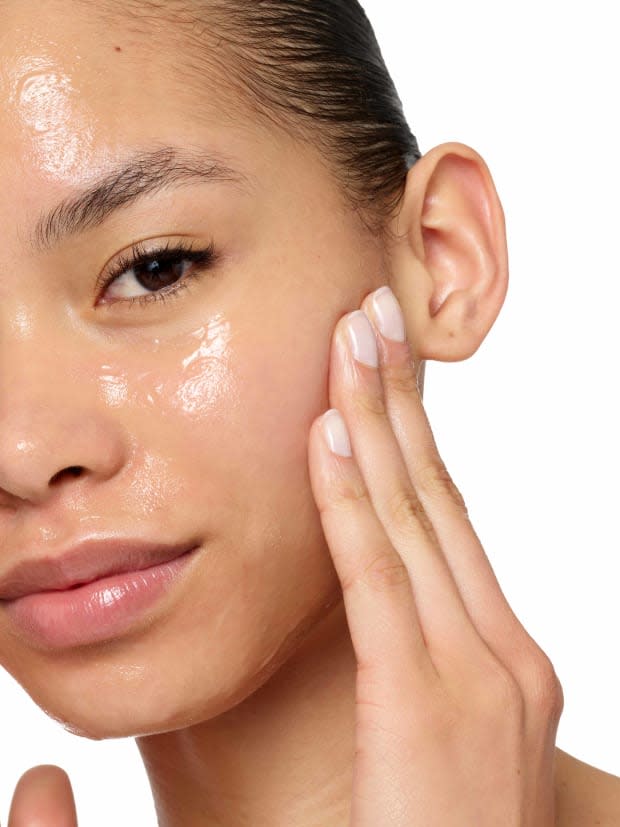
Photo: Courtesy of 111Skin
Think of succinic acid as a chill wingman ingredient: It can be added to offset the irritating effects of potent formulas. As strong active ingredients get to work, succinic acid hustles behind the scenes to quell any redness or discomfort. It's also known to have wrinkle-fighting benefits and ward off free-radical damage. "It has a high level of antioxidant properties that help to correct cellular damage, UV and environmental factors," says Dr. Shamban.
But if succinic acid such a useful, multi-functional, magical unicorn of an ingredient, why hasn't it become more ubiquitous in the drugstore aisle?
It's been around for centuries, its name derived from the Latin root succinum, or "amber." It was first discovered in the 1500s by mineralogist Georgius Agricola, who distilled it from powdered amber (that brownish-yellow fossilized tree resin), and has been used in the food industry for many years. But there's not as much clinical research about its beauty benefits.
While there is anecdotal evidence of its efficacy,, succinic acid hasn't been registered by the United States Food and Drug Administration (FDA) as a cosmetic drug. That means brands can't legally claim treatment benefits, as they can with ingredients like salicylic acid and benzoyl peroxide. FDA approval can take more than 10 years and requires extensive research, which is cost-prohibitive for many brands. However, because succinic acid mixes well other established acne-fighting ingredients, products containing FDA-approved levels of those other actives can be labeled as "acne treatments."
The ingredient is still on the rise outside of drugstores, and the price of raw materials may be one reason why: Today, rather than relying on petrochemical technology to extract it from amber, the acid is synthesized through corn-starch fermentation, making it cheaper to mass-produce. "The synthetic version of succinic acid has made the product more available to the public. It is cost-effective for consumers and more sustainable for the environment," says Dr. Shamban.
But Lorencin is realistic about the ingredient's limitations, which do exist: "Succinic acid cannot possibly take the place of Hall-of-Fame acids. It's a good, gentle acid and anti-inflammatory, but I prefer lactic or salicylic acid for acne," she says, and generally sticks with those ingredients for acne-prone skin types that can take a little more intensive exfoliation. "It cannot compare to retinol, which has extensive clinical data supporting its benefits," Dr. Shamban adds.
Still, even if you don't have acne to treat, there's a solid argument for incorporating the ingredient into your skin-care routine: It can give skin an instant glow. "I recommend succinic acid to everyone if you want a standout glow before a big event," adds Theron. "We're all looking for those satisfying instant results, which succinic acid absolutely delivers on."
Ahead, our roundup of succinic acid-spiked skin-care formulas to try.
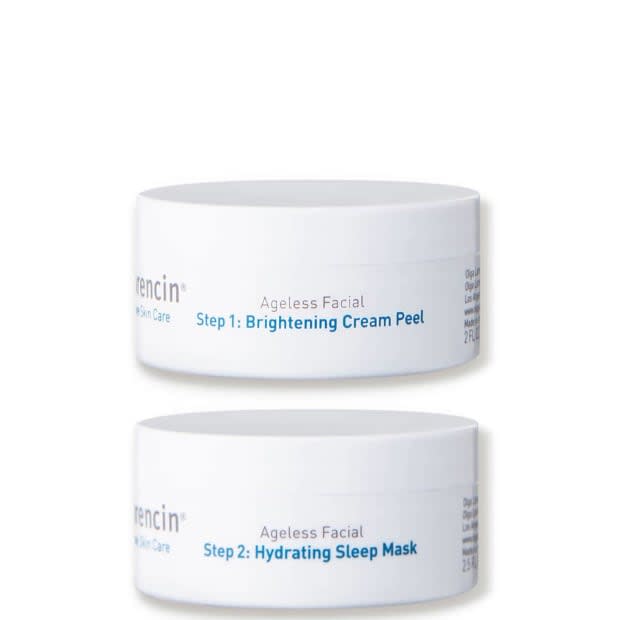
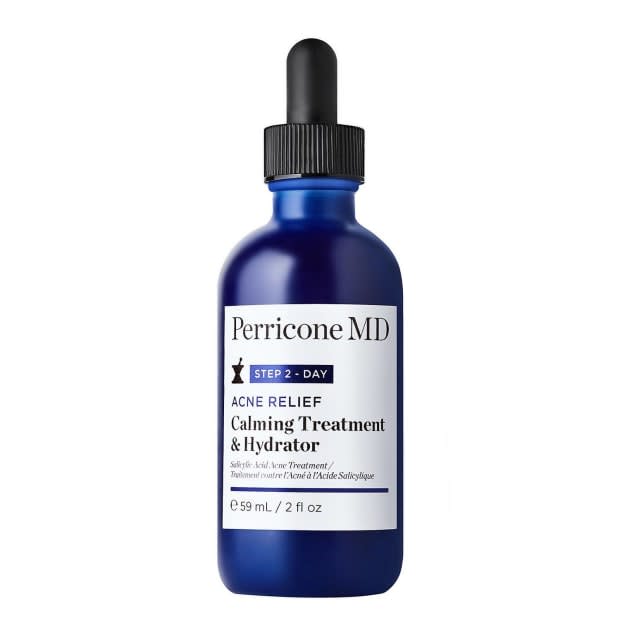


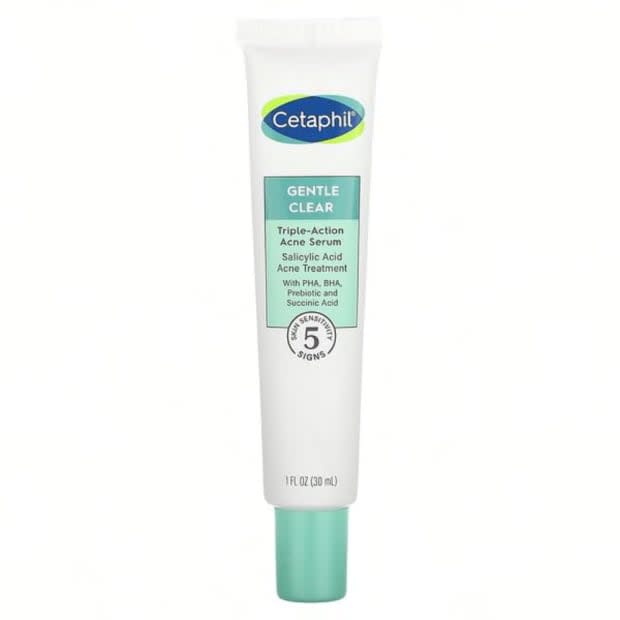
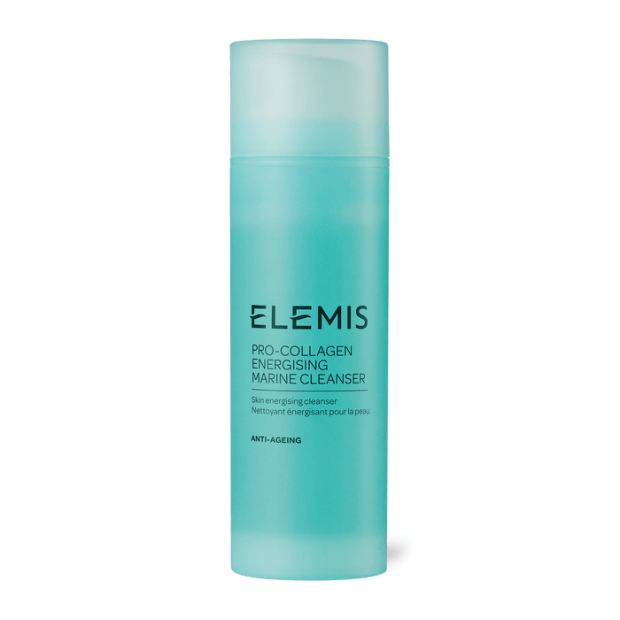
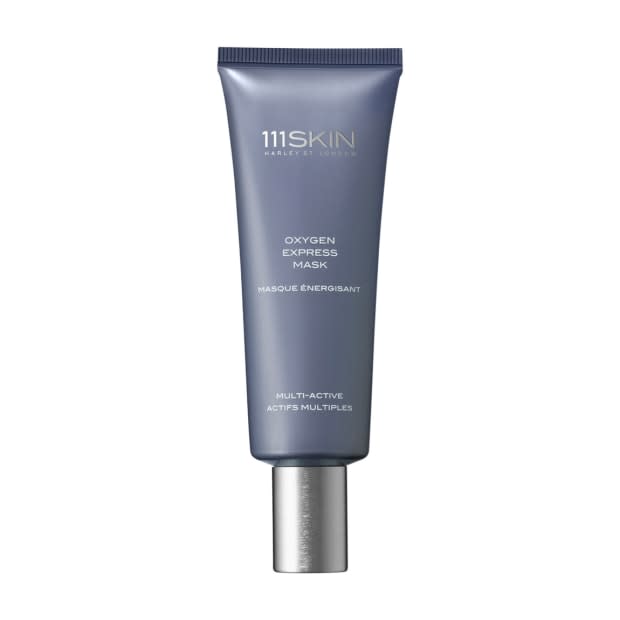
Please note: Occasionally, we use affiliate links on our site. This in no way affects our editorial decision-making.


